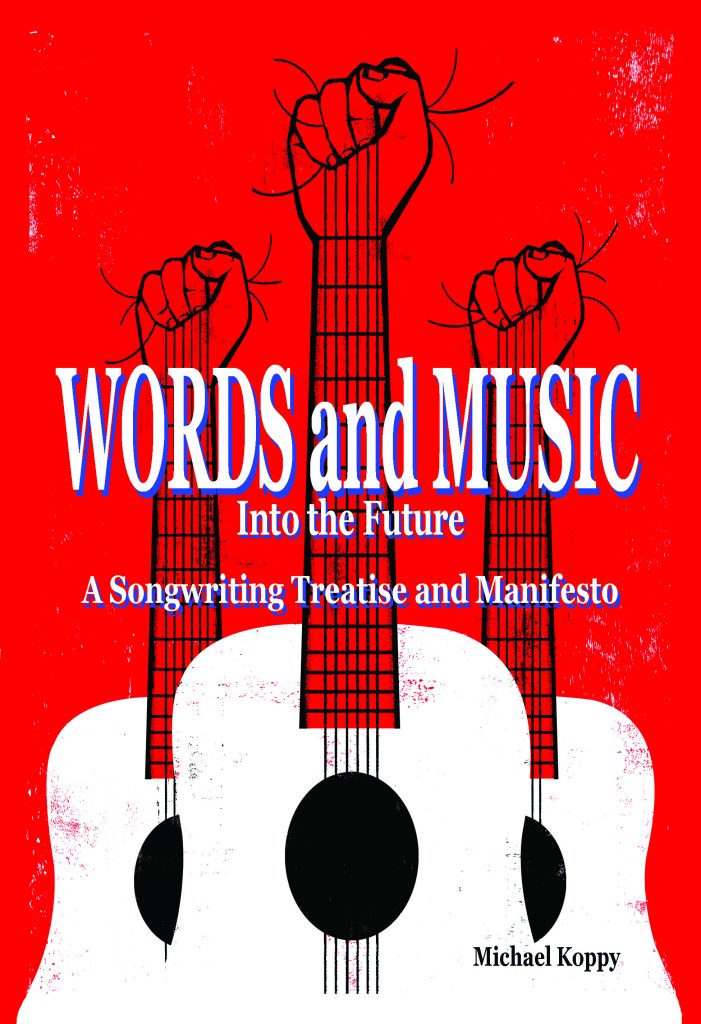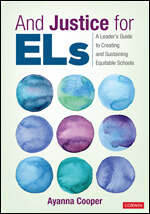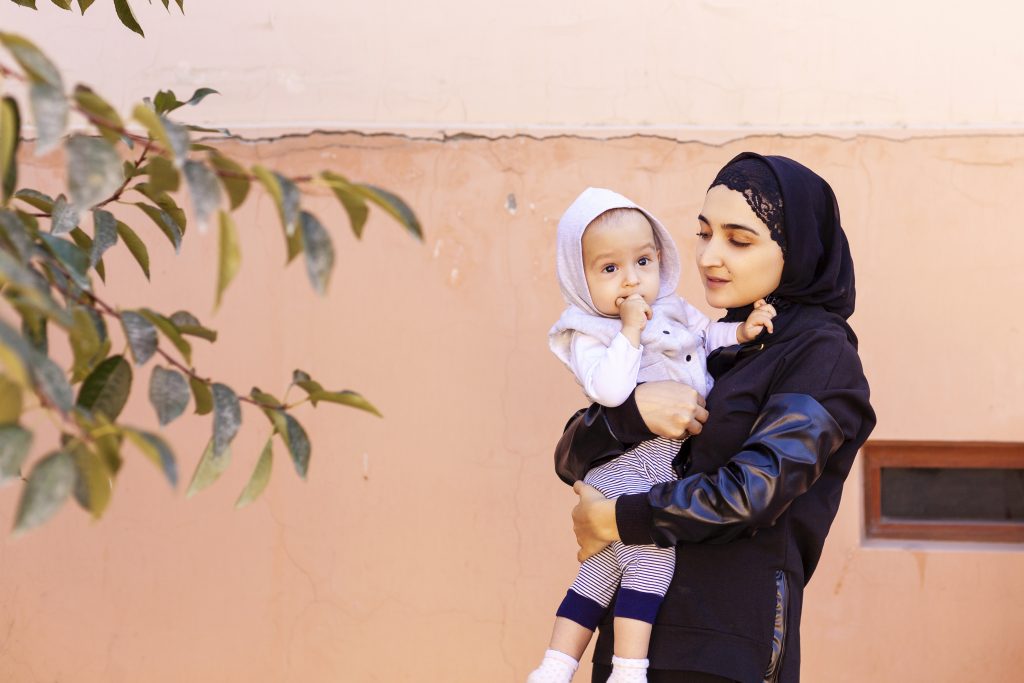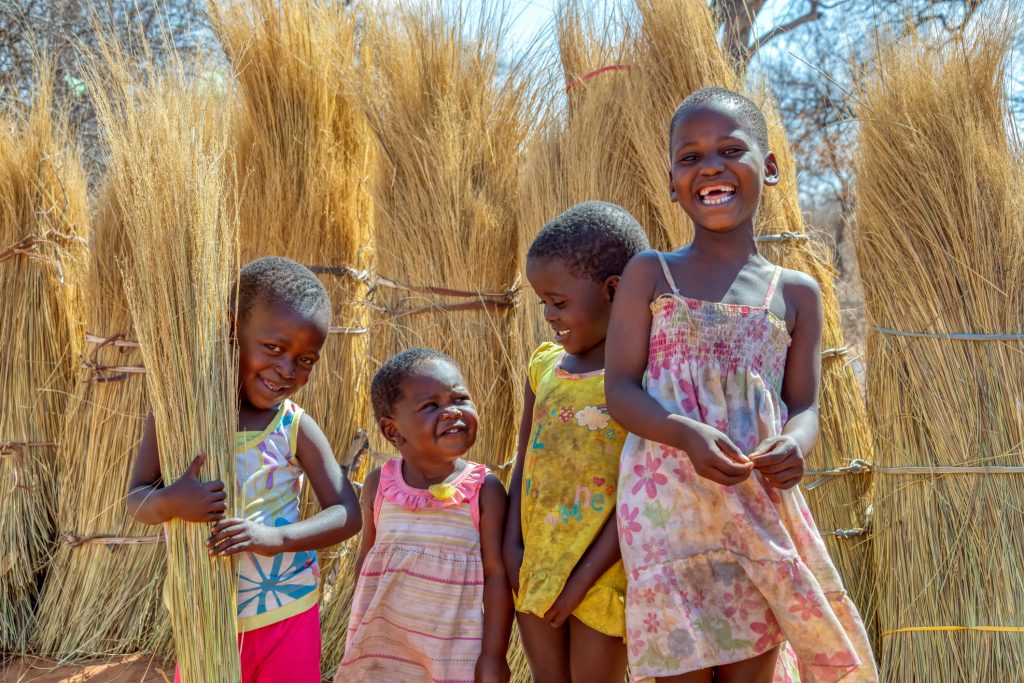
Prepare to be surprised, shocked, and possibly even angered by what you didn’t know about songwriting. Your all-time favorite songs could very well be the unfortunate examples of all that is banal, baseless and badly written in the last 100-plus years in terms of lyrical content. Why? Because a fellow named Michael Koppy has taken upon himself to call popular songs to the carpet, and he’s of no mind to mince words on the subject. In his book, Words and Music Into the Future: A Songwriting Treatise and Manifesto, he builds a strong case, and the revolutionary thinking throughout ultimately makes a lot of sense.
The book is no small accomplishment. Indeed, it’s a conversational, occasionally even laugh-out-loud funny tour-de-force of steadfast passion for all that constitutes proper English, good writing, and worthwhile creative expression. What cannot be excused by Koppy is poor craftsmanship, inarticulate phrasing, slapdash word choice or inchoate composition—which we’re all expected to applaud simply because it’s got a nice melody, ‘seems to say something’, or comes from an industrially canonized pop star. He pays no obeisance to famous artists or well-known songs just because they may be popular. Bob Dylan won a Nobel Prize for literature, but if the Nobel folks ever get hold of Koppy’s book, they may reflect a while and ask for the award back.
Deftly exampled with numerous popular songs of the recent past, Koppy sets to work educating the reader on what does, and what doesn’t, meet the mark. He’s a champion of intelligent writers and intelligent listeners. And faced with what we’re regularly presented in popular songs, he asserts, “We deserve better!”
Take Don McLean’s “American Pie”, for example, which Koppy eviscerates with the efficiency of a skilled surgeon:
Bye, bye, Miss American Pie.
Drove my Chevy to the levee but the levee was dry.
Them good ole boys were drinking whiskey and rye,
Singin’ this’ll be the day that I die;
This’ll be the day that I die.
First to get a thumbs down from Koppy is the dry levee conundrum—as a levee isn’t a body of water at all, merely a bulwark of earth, and only perhaps wet if someone drops a soda on it. He goes on, “And rye? Rye is a kind of whiskey—so ‘drinking whiskey and rye’ is roughly equivalent to ‘eating eggs and egg yolks’ or ‘watching television and a television show;’ a stumbling redundancy.”
There are more, many more, examples that challenge the reader into thinking, “Why haven’t I really questioned this (or that) song I’ve allowed into my life all these years?” In some cases, like “I am the Walrus” by John Lennon, the songwriter admits the words were picked out of a hat for the express purpose of being confusing and nonsensical, for clueless music critics to decipher and even fawn over in dumb admiration. Yet we’ve all accepted them—been conditioned to accept them—as Great Art. What gives? “Stairway to Heaven” by Led Zeppelin? Even the writers knew not what the song was supposedly ‘saying’. To many of us, it might not make a difference, but to Koppy, such lack of rigor is emblematic of the growing celebration of ignorance we see throughout popular culture. The writers may not have known what the May Queen was spring cleaning in “Stairway”, but the fact we never question it is a telling example of our mindless consumption of media.
Koppy also eschews word slinging for the sake of presumed poeticism. Under Koppy’s demanding microscope, songs like Dylan’s “A Hard Rain’s Gonna Fall” become an embarrassing testament to the pretensions we indulgently, often even eagerly, gobble up en masse.
The book is disciplined criticism with a sharp wit and a wealth of citations and informative footnotes, displaying an impressive erudition—all aimed at that most ubiquitously available of artforms, popular song. Koppy’s own command of English and use of vocabulary cements the claims he makes regarding the subject. Could this book be recommended collegiate reading? Most assuredly. And despite the solid intellectual foundations, the easy-going presentation makes for an accessible, entertaining read.
What makes a good song? It involves honing the language to the point where there are no better alternatives to detailing the subject or describing the story. “A writer’s job is to communicate,” Koppy declares, “and to do so lucidly and productively. A song requiring operatically pretzeled, wishful thinking ‘interpretation’ to reach some subjectively pre-imagined semblance of ostensible coherence is not an example of good songwriting, or of good writing. Words do have meanings, sentences do provide consistent direction, and a serious song does have a substantive purpose.”
According to Koppy, a proper song becomes noteworthy by virtue of the artful use of imagery and the seasoned practice of phrasing—turning words strung together into poems we can sing. (Read: it takes work.) Koppy takes time to underscore what he believes is one of the keys to understanding what makes a good song: “Music is the most powerful part of a song. But lyrics are the most important part of a song. We enjoy the tune and the performance, but we seek confirmation of what we expect or hope it’s all about in the lyrics, in the language.”
Take for example this stanza from “The Gambler” by Don Schlitz made famous by the late Kenny Rogers, a song Koppy points to as an example of rare excellence:
He said, “Son, I’ve made a life
Out of readin’ people’s faces;
And knowin’ what the cards were
By the way they held their eyes.
So if you don’t mind me sayin’,
I can see you’re out of aces.
For a taste of your whiskey
I’ll give you some advice.”
Like the protagonist in Schlitz’s song, we can all use a wise traveler to direct us to a possibly better understanding of the world. For those who seek better skills in the craft of songwriting—or writing generally, for that matter—Koppy may be that sage you’ve been looking for. And for those of us who simply appreciate good writing in a song, he’s on the right side, fighting the good fight.
Words and Music Into the Future;
A Songwriting Treatise and Manifesto
Michael Koppy
342 pgs
ISBN 978-0-9966400-2-2
Published by Good Track Records
West Hollywood, CA
Gregory Van Zuyen is a former creative director for Language Magazine and graphic arts and 3D printing instructor at Santa Monica College.












